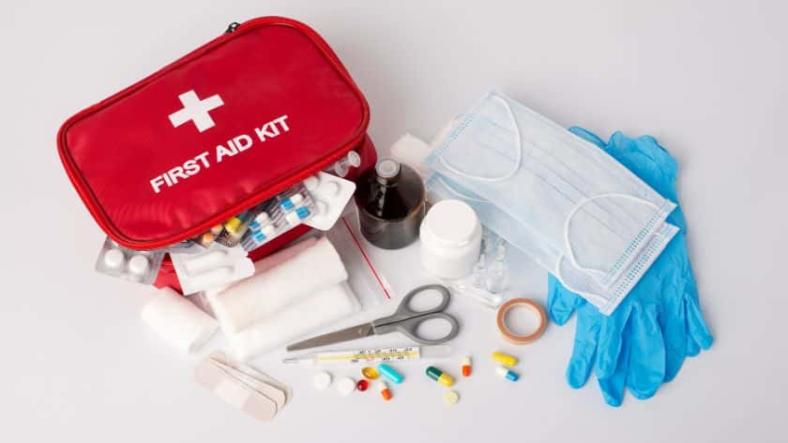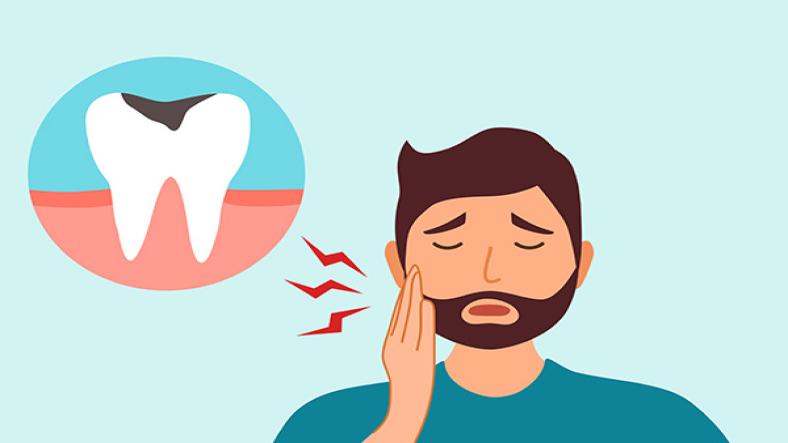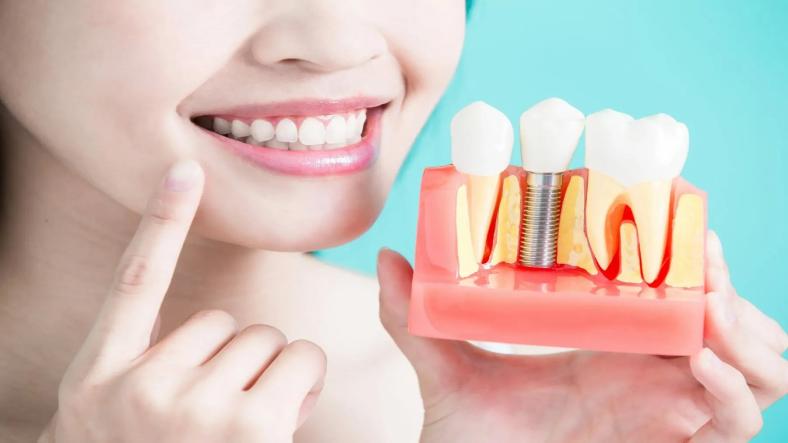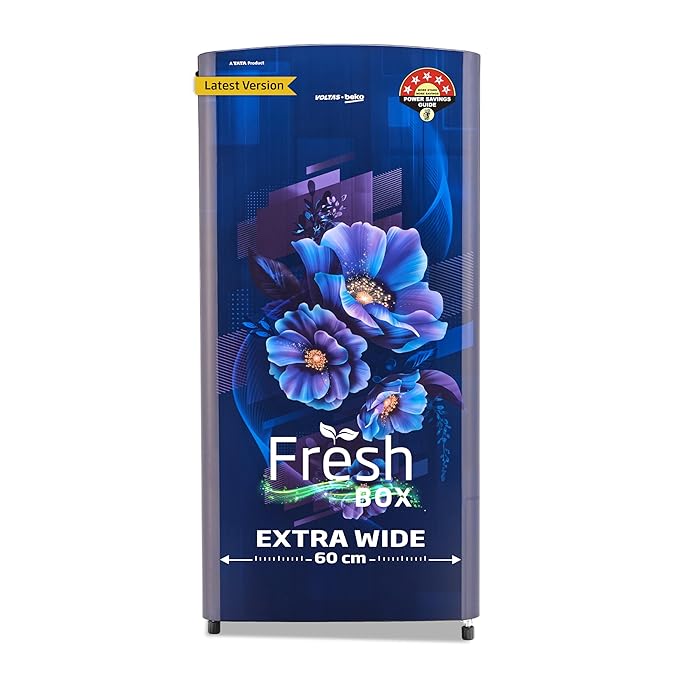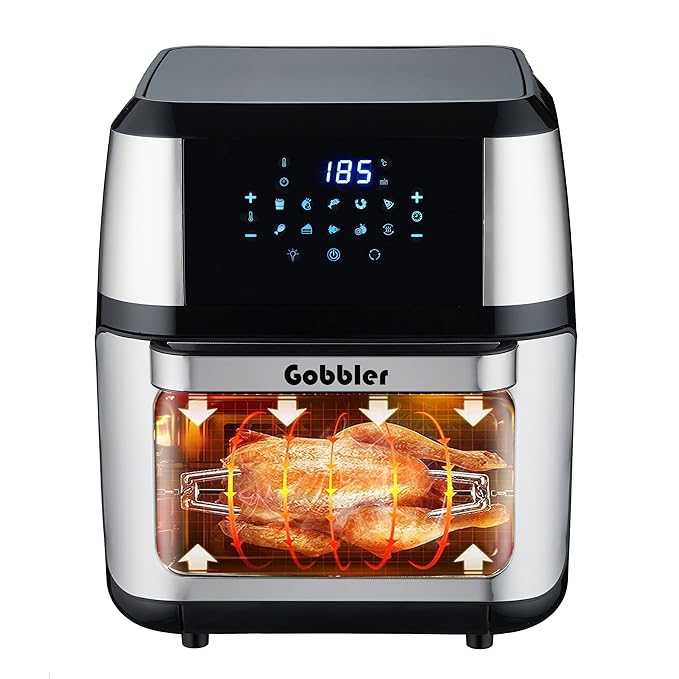Dental emergencies can be stressful and painful, often occurring unexpectedly and requiring immediate attention. While it is crucial to seek professional dental care as soon as possible, knowing how to manage dental emergencies at home can alleviate pain and prevent further damage until you can get to a dentist.
Here’s a guide on how to handle common dental emergencies at home:
1. Toothache
A toothache can be caused by various issues, including decay, infection, or gum disease. To manage a toothache at home:
- Rinse with Warm Salt Water: Mix 1/2 teaspoon of salt in a cup of warm water and use it to rinse your mouth. This can help reduce inflammation and clean the affected area.
- Apply a Cold Compress: Place a cold compress on the outside of your cheek near the sore area to reduce swelling and numb the pain.
- Over-the-Counter Pain Relief: Use over-the-counter pain relievers like ibuprofen or acetaminophen according to the directions. Avoid placing aspirin directly on the gum or tooth, as it can cause irritation.
2. Chipped or Broken Tooth
A chipped or broken tooth can cause discomfort and sensitivity. Here’s what to do:
- Rinse with Warm Water: Gently rinse your mouth with warm water to clean the area.
- Save the Pieces: If possible, save any broken pieces of the tooth and keep them in a container with milk or saline solution. This may help the dentist in repairing the tooth.
- Apply a Dental Wax or Temporary Filling: If the tooth has a sharp edge, you can cover it with dental wax or a temporary filling to avoid cuts or discomfort.
Google Ad 1
3. Knocked-Out Tooth
A knocked-out tooth requires prompt action to increase the chances of successful re-implantation:
- Handle the Tooth Carefully: Pick up the tooth by the crown (the top part) and avoid touching the root.
- Rinse Gently: Rinse the tooth with milk or saline solution to remove any debris. Avoid scrubbing or using water.
- Reinsert the Tooth: If possible, gently place the tooth back into its socket. If you can’t do this, keep the tooth in a container of milk or saline solution.
- Seek Immediate Dental Care: Visit a dentist immediately for the best chance of saving the tooth.
4. Loose or Lost Filling
A loose or lost filling can cause discomfort and expose the tooth to further damage. To manage this at home:
- Clean the Area: Rinse your mouth with warm salt water to clean the area and reduce discomfort.
- Use Temporary Filling Material: Over-the-counter dental filling material can be used to cover the cavity temporarily. Follow the product instructions for application.
- Avoid Certain Foods: Avoid sticky, hard, or sugary foods that could exacerbate the problem until you see a dentist.
5. Lost or Broken Crown
A lost or broken crown can leave your tooth vulnerable. Here’s how to manage it:
- Keep the Crown Safe: If you find the crown, keep it in a safe place, such as a container with milk or saline solution.
- Reattach Temporarily: You can use temporary dental cement, available at most pharmacies, to reattach the crown until you can see a dentist.
- Avoid Using the Tooth: Try to avoid using the tooth for chewing until it can be properly repaired.
Google Ad 2
6. Oral Injury or Cut
Cuts or injuries to the mouth or gums can be painful and require care:
- Rinse with Warm Salt Water: Use a warm salt water rinse to clean the area and reduce the risk of infection.
- Apply Pressure: If there is bleeding, apply gentle pressure with a clean cloth or gauze to stop the bleeding.
- Cold Compress: Use a cold compress to reduce swelling and numb the pain.
7. Dislodged Dental Appliance
If you have a dental appliance like a retainer or orthodontic device that becomes dislodged:
- Reposition if Possible: Try to reposition the appliance gently if it’s comfortable and feasible.
- Clean the Appliance: Rinse the appliance with water before re-inserting it.
- Visit Your Dentist: Schedule an appointment with your dentist to have the appliance properly adjusted or repaired.
8. Sensitivity or Discomfort
If you experience sudden sensitivity or discomfort:
- Use Desensitizing Toothpaste: Over-the-counter desensitizing toothpaste can help alleviate discomfort.
- Avoid Trigger Foods: Avoid very hot, cold, or sugary foods that might exacerbate sensitivity.
- Consult Your Dentist: Persistent sensitivity should be evaluated by a dentist to determine the underlying cause.
Google Ad 3
9. Prevention and Follow-Up
Preventing dental emergencies involves maintaining good oral hygiene, wearing protective gear during sports and addressing dental issues promptly. Regular dental check-ups are crucial for identifying and addressing potential problems before they become emergencies.
10. Seek Professional Care
While these home remedies can provide temporary relief, they are not substitutes for professional dental care. Always seek a dentist’s advice as soon as possible for a comprehensive evaluation and appropriate treatment.
In conclusion, handling dental emergencies effectively at home can alleviate pain and prevent further damage until you receive professional care. By following these guidelines and seeking prompt dental attention, you can manage dental emergencies effectively and maintain good oral health.
Thanks for reading the dentofacts article, for more such articles read our PeoplesBLOG.
